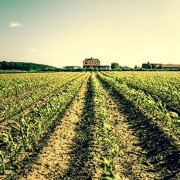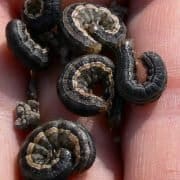Life cycle of weeds
Weed identification is halfway to control.
Identifying your weeds and understanding the life cycle of weeds is an important step to a proper and sound weed management strategy for your farm.
Each weed has a certain life cycle attached to it. It is important to know the life cycle of weeds to help you quickly identify which weed it could be in the field and to know how to control it.
Management tactics are different for each type of weed, so by proper understanding and identification, it can save you a lot of headaches in the future.


Summer annual
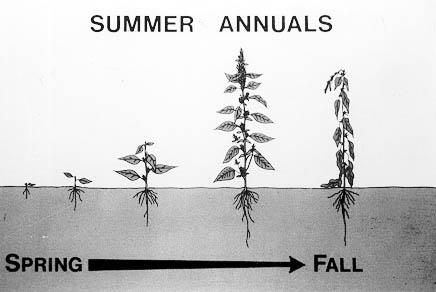
- A summer annual is the most common life cycle for weeds that establish in Ontario. Its full life cycle occurs in a period of one growing season (spring to fall). With summer annuals, the seeds lie dormant all winter andgerminate in the spring. The seedlings will grow fast and mature in a short period of time. Seeds will beproduced and will drop, and the weed will die in autumn typically after the first major frost
- Summer annuals can produce a large number of seeds that can persist in the soil for years (Broadleaf weed seedwill last longer than grass weed seed)
- They are typically controlled by herbicides and cultivation practices in both the fall and spring
- Crop residues in fields may control annuals
- No-till operations control large-seeded annuals better than small-seededannuals because of the lack of seed to soil contact which will limit germination
- Narrower row spacing can help control annuals
- In no-till fields, winter and spring annual weeds can reduce soil warm-up anddry down in the spring, which can potentially delay planting and impact seedbed quality. In conventional tillage fields with annual weed problems, several tillage passes may be needed increasing costs.

Annual Sow Thistle
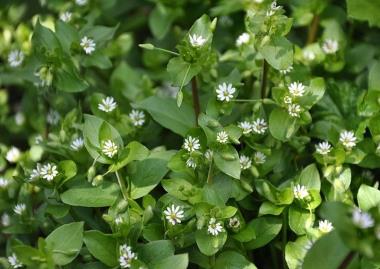
Common Chickweed
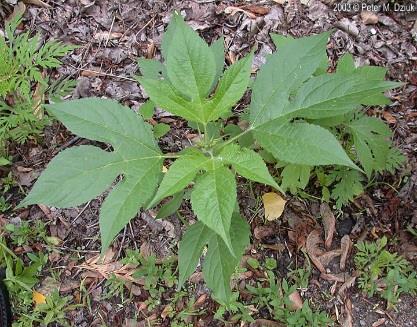
Giant Ragweed

Eastern Black Nightshade
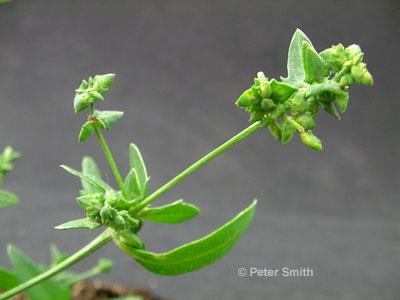
Spreading Atriplex

Fall Panicum
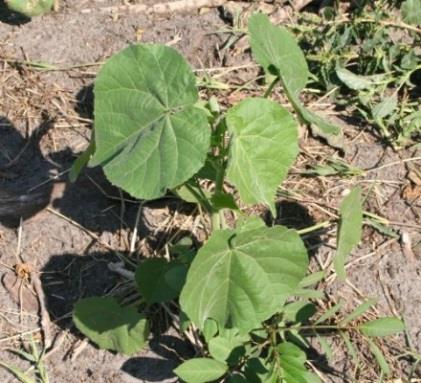
Velvet Leaf
Winter annuals
- The life cycle of a winter annual is completed between the fall and spring or early summer. With winter annualsthe seeds will germinate in the fall, and overwinter as rosettes. These rosettes will produce seed in the springand then will die in the summer.
- Crop residues in fields may control annuals.
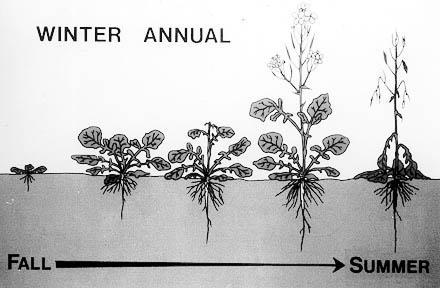
Problems created by winter annuals include:
- Poor seedbed conditions
- Delayed planting due to weeds preventing soil from drying timely inthe spring
- Higher Soybean Cyst Nematode (SCN) levels where chickweed, shepherd’s purse and purple deadnettle can serve as alternative hosts for SCN
- Black Cutworm Infestations – Female Black Cutworm moths are attracted to winter annuals such as chickweed,deadnettle, shepherd’s purse etc
- Disease problems – A mat of winter annual weeds will provide a moist and dark environment which seedlingsneed to emerge from – and can cause issues.
- Timing of control is everything. While spring is always a rush, it may be better to spray more in the fall. Postemergence contact materials are less effective in the spring especially under cooler spring conditions. If applyingin the spring make sure it is done early as it will take longer for weeds to die. Since the weeds take longer to die,the soil takes longer to warm up and dry and interferes with planting timing. Using residual products in the fallor early spring is typically effective since weed size is smaller, and moisture is available typically for activation. There is a greater length of time for the herbicide to control weeds when applied in the fall.

Canada Fleabane
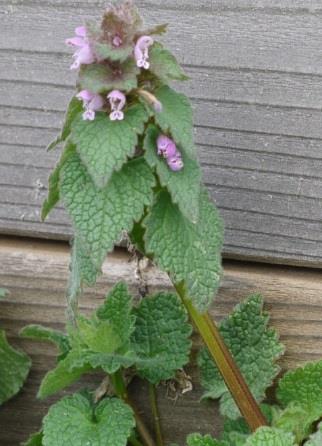
Dead-nettle
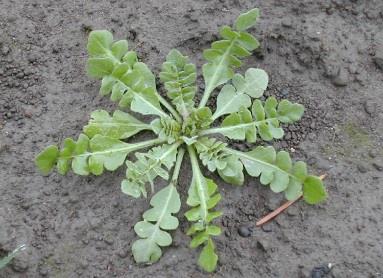
Shepherd’s Purse
Biennials
- Biennials are less common than annuals. In order to complete theirlife cycle they need two full growing seasons to do so. In season one, the seed will germinate and produce vegetative growth. At the end of the first year, the roots will store food for seed production for the next year. In the second growing season after overwintering, a flower stalk is produced, and seed is created andthen the plant will die again in the fall
- These weeds tend to be more troublesome in strip-till and no-till fields
- Biennials can become more of a problem in winter wheat if there has been little or no tillage before the previous crop of soybeans.

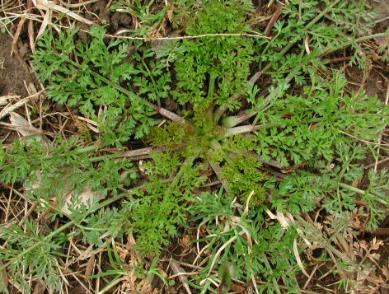
Wild Carrot
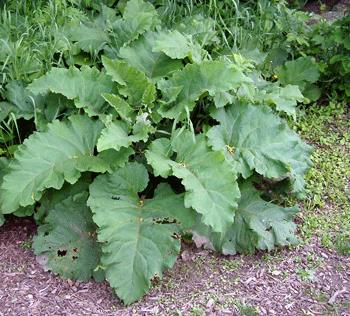
Burdock
Perennials
Perennials are a bit unique in the fact that these weeds can live for three or more years. Their primary way of creating new plants is asexual meaning they produce new plants by roots or vegetative growth. They are the most difficult to control out of all of the life cycles of weeds. On perennial weeds, the tops will die down in the winter, but the underground structures will overwinter. There are three types of perennial weeds:
- Simple – They overwinter with the root or crown and spread mostly by seed
- Creeping – They overwinter and reproduce by roots, rhizomes, tubers and seeds
- Bulbous – They propagate by bulbs as well as seeds.

- Perennials are also unique in the fact that they can sometimes change their life cycle. Changing their life cycle has to do with the climate that they are in. An example of this could be the weed Yellow Rocket. In the US it is a perennial but in Canada is can existas an annual because temperatures get to low to allow it to survive the winter.
- These weeds tend to be more troublesome in strip-till and no-till fields
- Using tillage to kill the top growth of weeds in order to limit root reserves from getting nutrients can be effective for biennials and perennials
- Fall is a great time to take care of perennial weeds such as dandelion since fall is the time when dandelions translocate reserves down to the root system. This will take the herbicide with it and will result in better control from the herbicide.
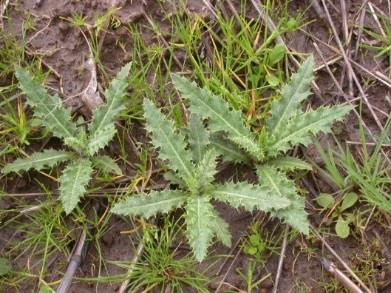
Canada Thistle
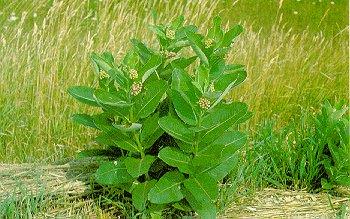
Common Milkweed

Dandelion

Yellow Nutsedge
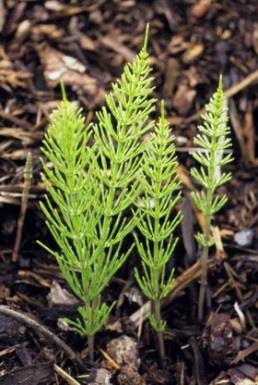
Horsetail
Why scout for weeds?
- Identify weeds present early in the season when they can cause yield losses
- Match herbicides to weeds
- Choose cultivator for weed stage
- Alter cultural practices for different weed life cycles
- Discover weed patches before they spread through field
- Identify areas to avoid cultivation
- Identify areas for spot treatments
- Choose the optimum timing for maximum control
How to scout for weeds
- Identify type of weed eg. grass or broadleaf
- Identify life cycle eg. annual, biennial, perennial
- Identify name of weed if possible
- Identify source of weed eg. mulch, fence row, weed escape, irrigation water
- Take samples for verification with roots, flower and shoots all included
- Work in a zig-zag pattern through the field checking multiple spots.
- Check field edges for weed invaders.
Conclusion
It is important to identify the weed and to know the life cycle. It is also important to use control strategies based on weed species, life cycle, crop, field or landscape situation as well as the environment. For further inquiries please contact your local Thompsons Ag Consultant or a member of our agronomy team.
References: OMAFRA, Iowa State University, Pioneer.

